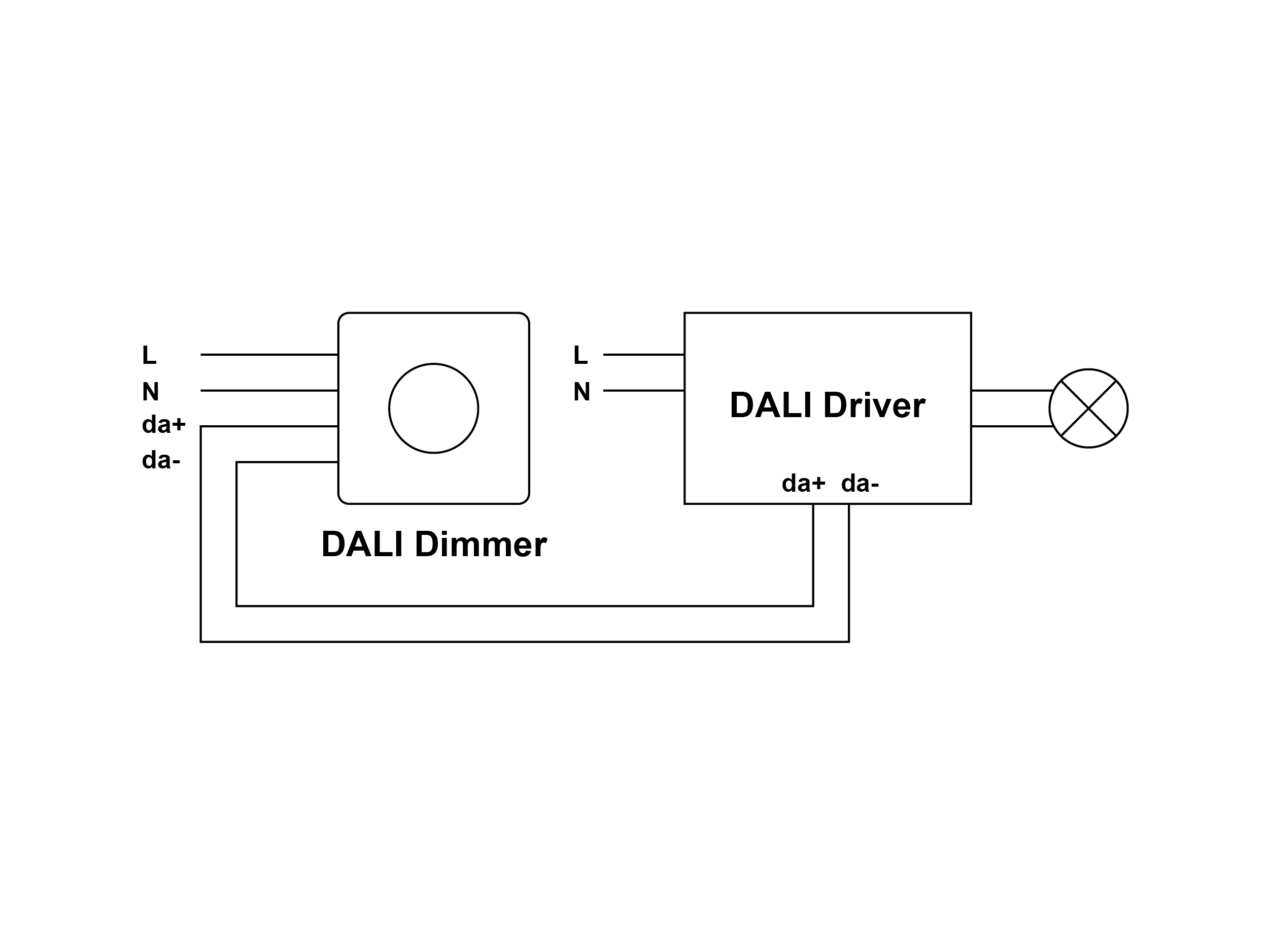


This is probably the most universal ballast protocol available today for U.S. four-wire 10v analog signal dimming The most common dimming ballasts have two power wires (switched hot and neutral) and two wires that connect to a low-voltage circuit.This system is handy because it employs relatively inexpensive dimmers and is wired using a conventional switched lighting circuit with two wires. two-wire analog power dimming A few ballasts have been cleverly designed to use forward phase-cut two-wire incandescent dimming circuits, principally the Advance Mark X and Lutron Tu-Wire fluorescent ballasts.(See diagrams on page 87 for visual clarification of this and the following three scenarios.) The three-wire system is the oldest protocol and offers some of the best dimming ballast performance. Three-wire ballasts connect to a wide range of dimmers, such as wall-switch and architectural dimming systems however, specific dimmers for three-wire ballasts must be used. Both Lutron and Lightolier make fluorescent ballasts and controls using three-wire circuits. three-wire analog power dimming These circuits incorporate a special type of forward phase-cut dimmer with three wires (dimmed hot, switched hot, and neutral) to control specific three-wire electronic dimming ballasts.During the conversion process, it is relatively easy to regulate the power to each lamp, but in order to signal the ballast to dim the lamps to a particular level, several protocols have evolved: Sometimes noise-reduction devices, such as debuzzing coils, are needed to eliminate the hum that these systems generate.Įlectronic dimming ballasts, on the other hand, convert the alternating-current power line (50 to 60 hertz) to direct current, and then to a different frequency (usually over 30,000 hertz) to operate the lamp. In either case, the actual lighting load operates at the power-line frequency (60 hertz in North America and Japan, 50 hertz in most of the rest of the world). Reverse phase-cut dimming is more expensive because it uses more complex electronics, but some loads, especially electronic transformers, operate better and mak? less audible noise when this type of dimmer is used. reverse phase-cut dimming, in which the lamp is energized during the initial portion of each power-line half cycle.Forward phase-cut dimming is cheap, uses robust electronics, and is suitable for most loads, including regular incandescent lamps and magnetic transformers, as well as neon, cold cathode, and some types of fluorescent dimming ballasts and LED power supplies. forward phase-cut dimming, in which the lamp is energized only during the last portion of each power-line half cycle.In other words, although the actual voltage is still 120, the average voltage is reduced. The human eye sees a brighter or dimmer light, depending on the proportion of “on” to “off” time. The combined thermal mass and persistence of the filament smoothes out the pulses of power so they are imperceptible. Not true-in fact, the modern incandescent dimmer is actually a solid-state switching device that turns the light on and off 120 times per second. who understand basic electric circuits think incandescent dimmers are rheostats, a type of variabl.As voltage decreases, lamp power and lumens also decrease accordingly. Add to that the latest generations of dimming ballasts, and modern-day dimming is no longer an easy bet.Īn incandescent lamp is dimmed when it operates at a lower voltage than that for which it was designed. To many, the concept may seem quite simple: to dim the lights, add a “dimmer.” In reality, while a dimmer can be as straightforward as a wall-switch replacement, it can also be as complex as a multi-channel scene controller, a theatrical dimming system, or a programmable facility management system. But dimming can also create the perfect scene. If the lighting scheme permits adjustments, such as lenses or color, applying them is a fine art in skilled hands. » In just about every lighting design, the final detail is the ability to tune the light. Understanding the technical ins and outs of available dimming systems.


 0 kommentar(er)
0 kommentar(er)
